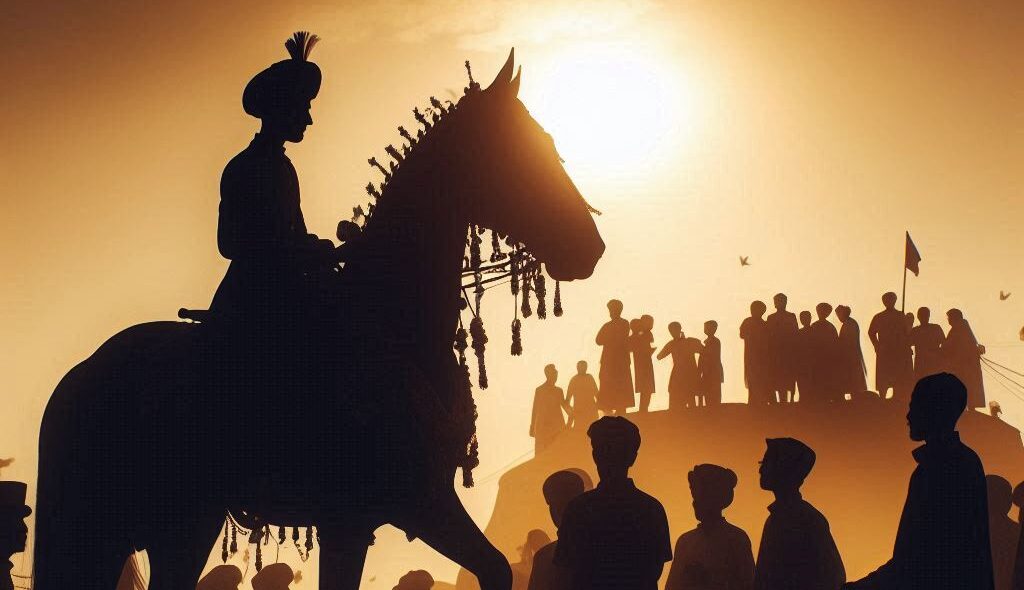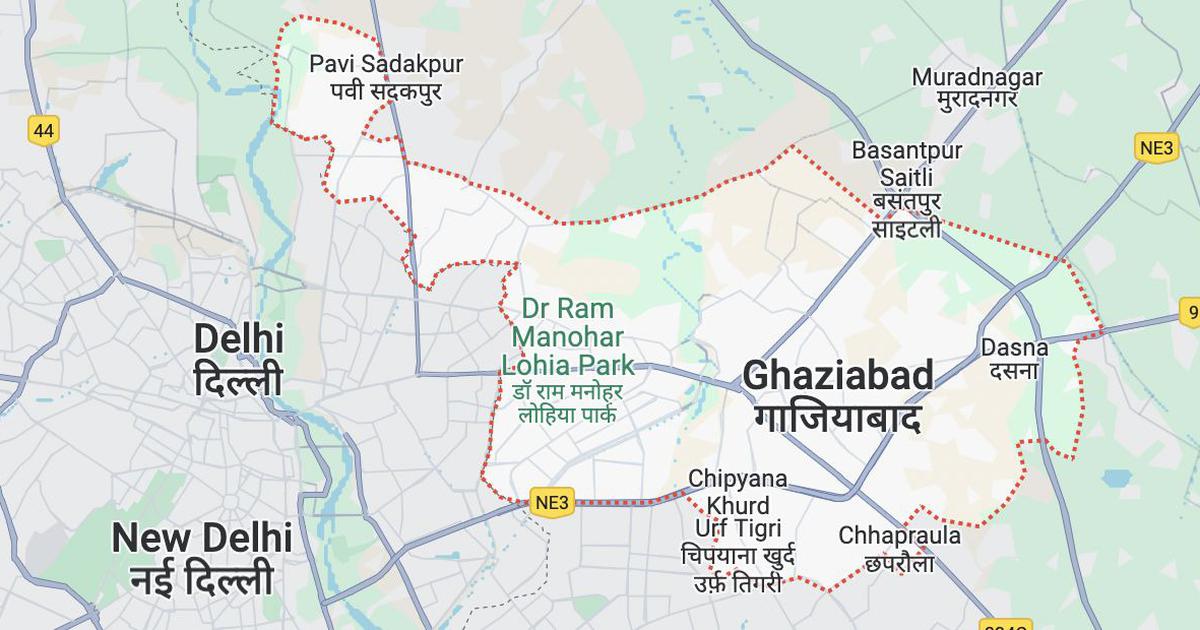By Usha Kumar
During her confirmation hearing last week, as Tulsi Gabbard sought to beat back doubts over her ties to authoritarian leaders and her commitment to the rule of law, she turned to a particular line of defense: that the various critiques against her represented “religious bigotry against Hindus and Hinduism.” For most observers, this line was likely forgotten as an opportunistic retort that hardly answered the various questions posed of her. But for the small but influential Hindutva lobby in the United States, Gabbard’s passing invocation of Hindu victimhood in the halls of the Senate sparked something of a mini celebration.
Her choice of words was not accidental. Constructing exaggerated narratives of Hindu victimhood has arguably become the movement’s primary endeavor, one in which Gabbard has long been a willing participant. And a few weeks prior, six members of the movement, one of whom is registered as a foreign agent of the Indian government, shared the stage with Gabbard at a high-profile appearance at a Hindu temple in Robbinsville, New Jersey.
Nor was Gabbard the only protagonist the Hindu far-right could cheer for that very same day. Kash Patel, Trump’s nominee to lead the FBI, has spoken conspiratorially of the Hindutva movement being targeted by the media and the “Washington establishment,” and has become something of a poster boy for the hard-right convergence between MAGA and Hindutva.
The likes of Patel and Gabbard are no exceptions. From Vivek Ramaswamy to Usha Vance to Jay Bhattacharya to Sriram Krishnan, Trump 2.0 is replete with a number of high-profile Indian—and Hindu—Americans. Yet it is not the mere fact of representation, but rather the context it is occurring in, that requires interrogation. Indian Americans—especially those of the Hindu faith—have long positioned themselves as the ultimate model minority, and are now well-represented in most federal administrations (Joe Biden’s, for example, had more than 130 Indian Americans). But how have Indian and Hindu Americans—immigrant, non-white, and non-Christian—transitioned so rapidly from liberal technocracy into this new insurgent far right, so animated by cultural backlash and anti-immigrant sentiment?
This story was originally published in illiberalism.org. Read the full story here.






